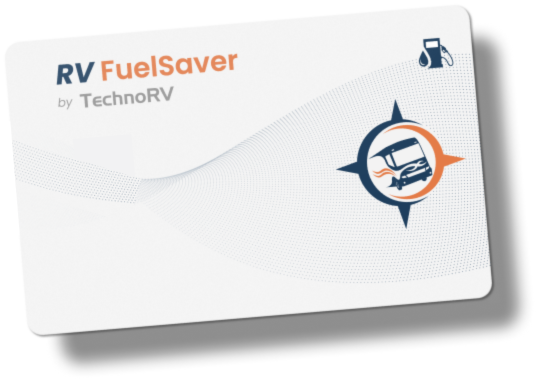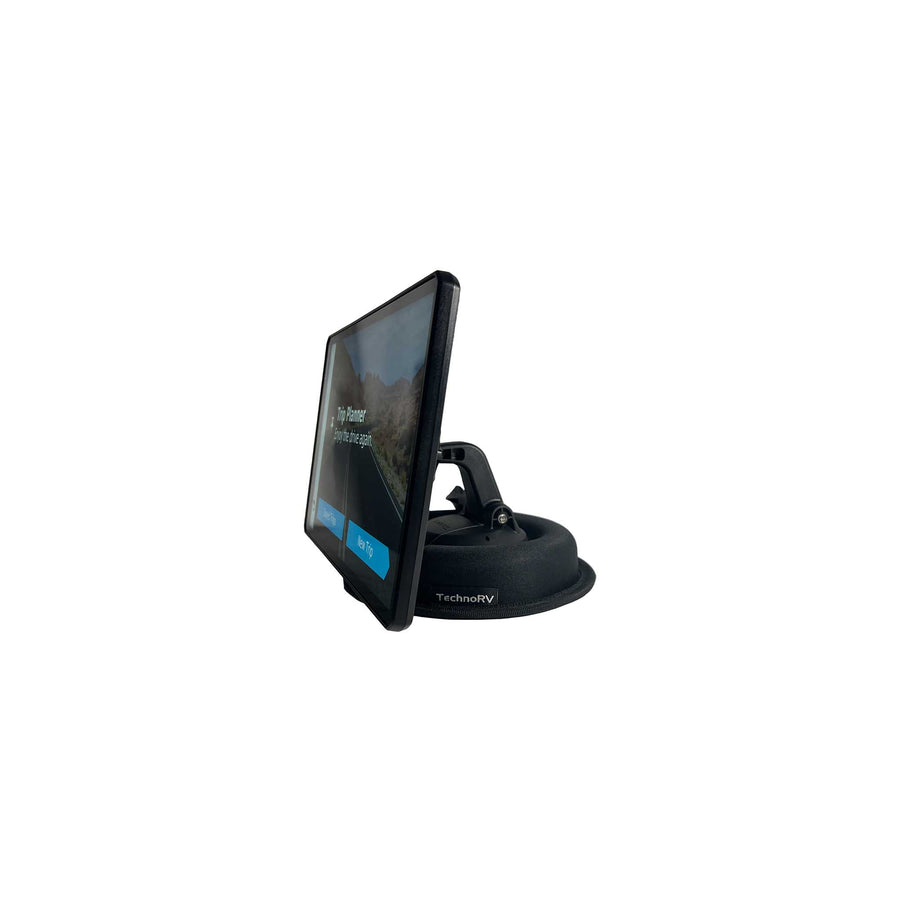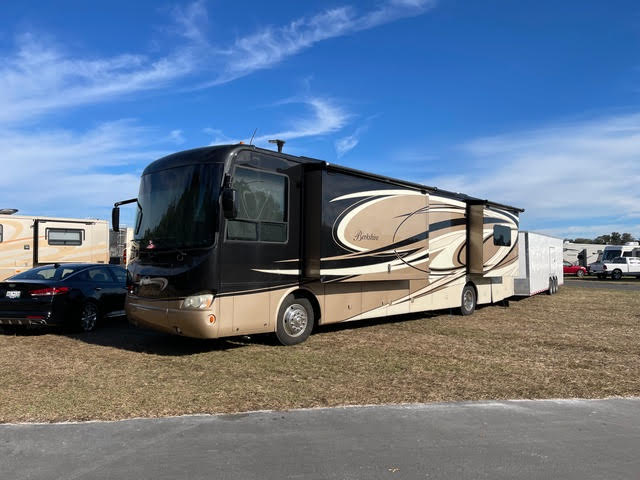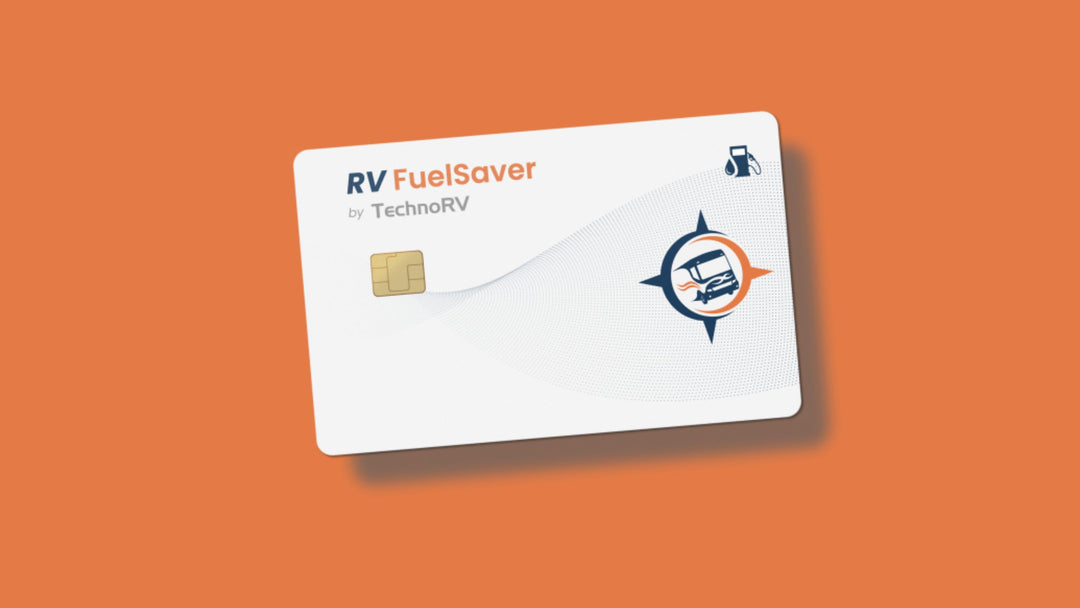Taking Care of your RV’s Tires (Part 1)
I am sure most of you have read multiple articles about how important your RV’s tires are. I have read countless articles about this topic myself, and what I have found is that as time goes by, even I still need an occasional kick in the butt to remind me to follow the procedures that I proactively advocate. So learn what you can from this article, and ask yourself this, do you consistently do the things you need to do to ensure that your tires are in tip-top shape?
Let’s face it, RV tires take more abuse than your standard car tires. Often they are running at maximum load, we drive on them for long distances on hot highways, and they can often sit for months at a time without moving. If tires could talk they would be asking you what in the heck you are doing to them and what did they do to you to deserve such abuse. So let’s all agree to pamper our tires and make sure that we have the safest ride possible.
RV Tire Guidelines
There are some simple guidelines that we all need to follow. These guidelines take a bit of effort, but not much; it is just a matter of making ourselves do it. Here they are:
1) Inspect your tires
2) Keep tires properly inflated
3) Do not exceed your Gross Vehicle Weight Rating
4) Ensure even load distribution on all tires
5) Regularly have a professional perform tire maintenance
Properly Inflate Your Tires
Let’s start with an easy one: keep your tires properly inflated. We have all heard this before and there are serious reasons for it. First, the obvious: if tires are not inflated properly, then they will wear irregularly, thus causing you to have to change tires more often, and these tires ain’t cheap. More importantly, there is the safety aspect. Overinflated tires can reduce your traction, affect proper braking, possible handling issues, and give you a very bumpy ride. Underinflated tires have a whole other set of issues including handling issues, a decrease in fuel economy, and can cause structural damage to the tire.
You should check your RV’s tire pressure often. We all bounce from park to park all over the United States and beyond, and before we leave each destination we should check the tire pressure, every time. It is 5 minutes of your day, and for those that have ruined tires because of improper inflation, they will tell you, just do it (I credit Nike for the “Just Do it” part). This also gives you an opportunity to inspect the tires, which we will talk more about in another article. Now, if you are staying somewhere for 2 weeks, there is no need to inspect the tires daily, but rather before you leave for the next destination. Also, if you are storing your vehicle for long periods of time, you want to make sure you periodically check the tires to make sure they are properly inflated.
Things to know when Checking Tire Pressure
- Always check the pressure in your RV tires when they are cold. For those experienced RVers out there, you know that as you drive the psi goes up as the heat goes up. I have seen my psi rise as much as 10-15 points on a hot day. So if you check your tire pressure while the tires are hot, this will not be an accurate reading.
- If you have dual tires, even though it can be a pain, be sure to check them as often as the other tires.
- Always use a quality tire pressure gauge. I use and sell the Wheel Master Tire Pressure Gauge.
- Be sure that you have proper sealing valve caps or high quality flow through caps.
How Much Air Pressure is Enough?
This is where the big debate begins, as there are a lot of opinions on this. Here is my opinion: first, you should note the information on your sidewalls of your tires. You will find the Max load capacity, and the psi for that load. These are the basics, but if your weight is lower than the max, then the recommended psi changes. The next obvious step is to have your RV weighed. It is a good exercise to get your rig weighed routinely. If you go to RV rallies then often times there will be a company that will do this for a small fee. I usually pll into a truck stop, and most of the bigger ones have a scale that you can use for about 10 bucks. It is best to get each tire weighed individually.
Now that you know your weight, your tire manufacturer will have a chart that shows the proper psi for the weight you are at. All tires on the same axle should be at the same psi, and this psi should be determined by the tire that is carrying the most weight. So a quick review:
1) Weigh your RV
2) Apply the RV weight to the tires inflation chart
Here is a sample load inflation chart:
The other variable on the amount of air pressure to run is that the air pressure fluctuates as you drive down the road. Here are some things to remember:
1) When the outside temperature raises by 10 degrees, your tire psi will raise approximately 2%.
2) When the outside temperature goes down by 10 degrees, your tire pressure will go down by approximately 2%.
3) For every 1000 feet of altitude, your tire psi will go up by about .5 psi, and vice versa.
So, as an example, if your tire inflation chart recommends 90 psi for the particular weight you are at, and you know you are going to be driving on a hot day should you bump your PSI down a bit? The manufacturer builds in the assumption that the PSI will go up as the tire heats up, but how much is built in? This is a bit of a mystery as they can’t possibly know how hot your tires will be on a given day. Some choose to bump down the PSI a little if they are driving on an extremely hot day and some choose to not mess with it.
It is a bit of a moving target and it is difficult to be an exact equation when all the numbers keep moving around because of the tires heating up and down. This is the basics of what you need to do and no need to stress about being a few psi off due to the variables. There is one device that can give you a big advantage though.
Tire Pressure Monitoring System
A tire pressure monitoring system will give you psi data and tire heat data as you drive down the road. I believe all RVers should have one of these units. By being able to monitor your psi as you drive it will give you a much better idea of how your psi goes up and down based on the heat, otherwise you are just guessing. In addition, the system will warn you if your psi drops below a safe point. So if develop a slow leak, this unit will notify you of it. If you have a rapid pressure loss then you will be notified of it. There are a lot of different brands and TechnoRV believes in the TST brands. These units are easy to set up and give you the peace of mind knowing what is going on with your tires.
Click here to shop the TST Tire Pressure Monitoring Systems at TechnoRV.









Leave a comment